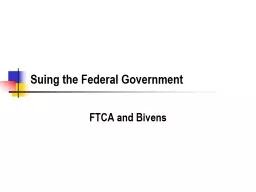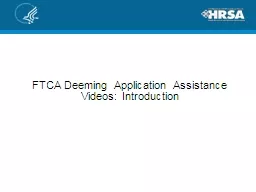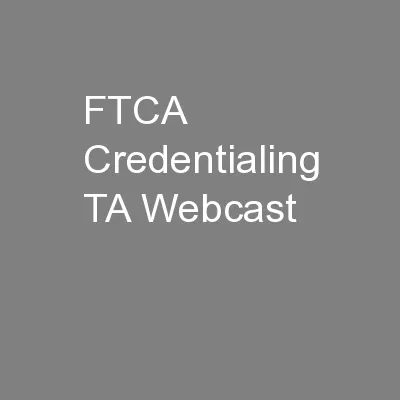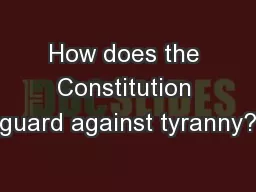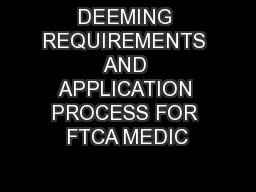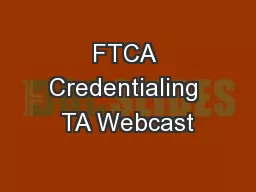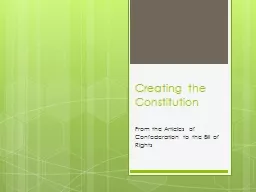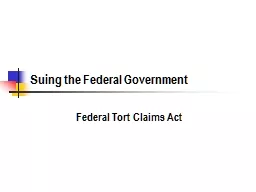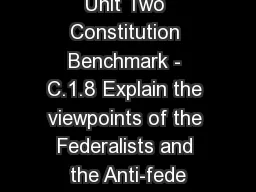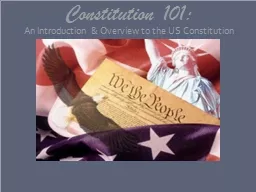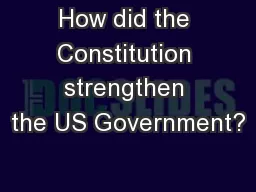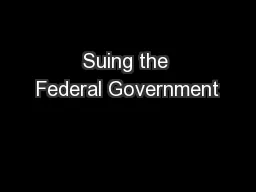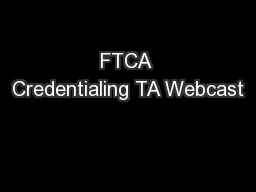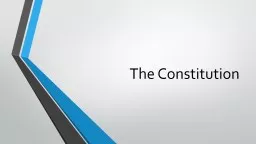PPT-Suing the Federal Government FTCA and Bivens History US Constitution
Author : kittie-lecroy | Published Date : 2019-11-04
Suing the Federal Government FTCA and Bivens History US Constitution No Money shall be drawn from the Treasury but in Consequence of Appropriations made by Law US
Presentation Embed Code
Download Presentation
Download Presentation The PPT/PDF document "Suing the Federal Government FTCA and Bi..." is the property of its rightful owner. Permission is granted to download and print the materials on this website for personal, non-commercial use only, and to display it on your personal computer provided you do not modify the materials and that you retain all copyright notices contained in the materials. By downloading content from our website, you accept the terms of this agreement.
Suing the Federal Government FTCA and Bivens History US Constitution: Transcript
Download Rules Of Document
"Suing the Federal Government FTCA and Bivens History US Constitution"The content belongs to its owner. You may download and print it for personal use, without modification, and keep all copyright notices. By downloading, you agree to these terms.
Related Documents

